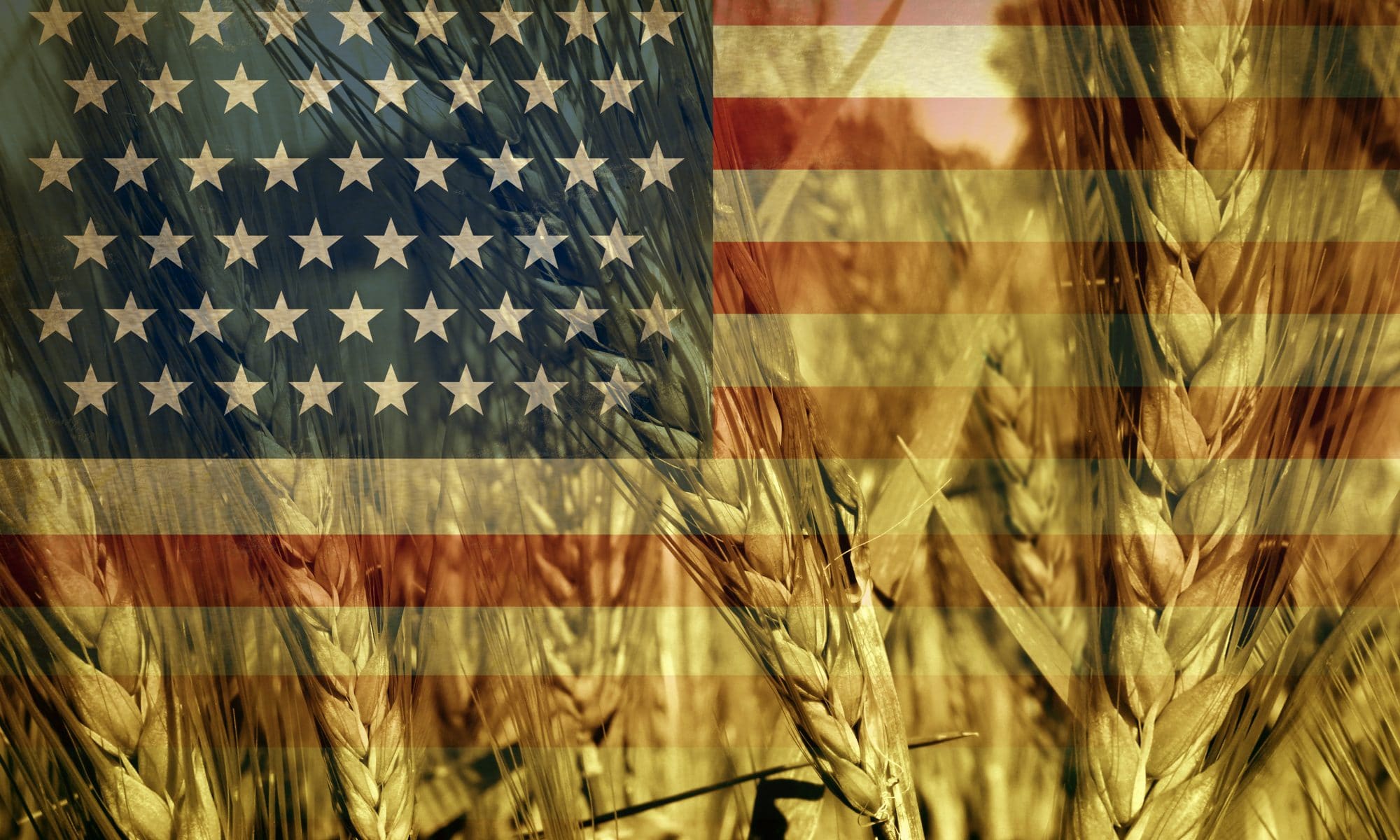Rushing rivers, disastrous downpours and muddy messes have kept thousands of farmers out of fields. What does this mean for supply and demand?
“Supply is still going down, but we don’t know yet how bad it will be, and it’ll take all summer to assess this,” said Bill Biedermann, of AgMarket.net, to U.S. Farm Report Host Tyne Morgan. “Right now, we’re showing 8.66 million acres lost and if Monday doesn’t show a good Crop Progress report we’ll boost that estimate to 11 million acres.”
That sharp acreage drop still doesn’t account for acres with drown out and other agronomic issues that could lead to overall yield loss.
“This weather event is historic—double the geographic area of the 93’ flood,” he adds. In 1993 experts estimated farmers would only harvest 92% of normal yield but actual harvest numbers dropped to 86% of trend yield.”
Even with poor Crop Progress reports recently, the formerly upward-moving corn price saw a drop earlier this week. Is price driving demand down already?
Farmers and traders saw evidence of this earlier this week when Smithfield made a large corn purchase from Brazil.
“Smithfield bought 500,000 tons of corn from Brazil, so we’re already seeing some of that [demand erosion],” Biedermann said. “At $4.60 demand starts to shift to South America and if we see yield drop from 167 bu. per acre to something like what we saw in 95’ at 158, that’s a $5 corn market.”
The traders say farmers need to lock in the profits they can now and consider protecting themselves with options such as puts and calls—just in case they can’t deliver on what they’ve contracted or prices go even higher.
